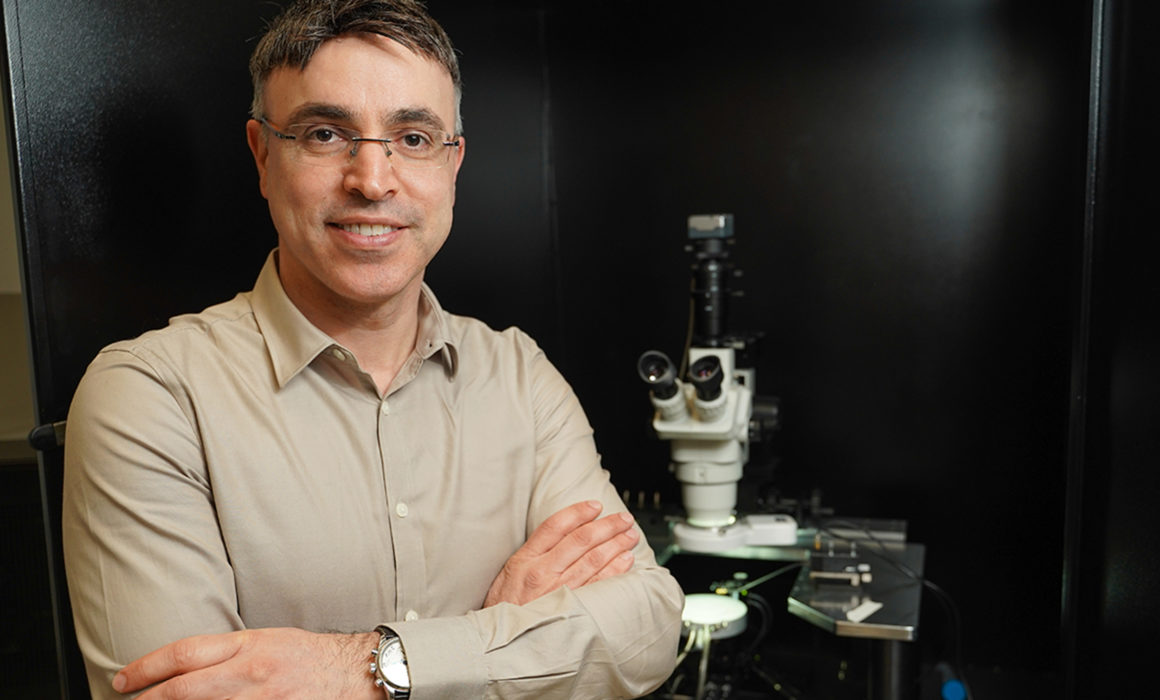Anyone who has undergone the nasal swab testing for the novel coronavirus knows it is not a particularly pleasant experience. Technion technology could change the face of testing, making it more accessible and convenient. Professor Hossam Haick is developing his renowned, non-invasive breathalyzer technology to detect COVID-19 biomarkers rapidly from a patient’s exhaled breath. What’s more: the breath tests could be used to screen individuals in large public places, key to containing the pandemic’s spread.
Prof. Haick’s technology is based on the identification of specific disease “signatures” detected through breath analysis. Just as people have unique fingerprints, diseases also have signature chemicals that are distinctive, for example, to cancer or Alzheimer’s. His breath-testing device uses nanomaterial-based sensors and machine learning trained for pattern recognition to pick up the COVID-19 signature, even in infected people who are asymptomatic.
A team of scientists conducted a preliminary clinical study in Wuhan, China, in which participants blew into a prototype device for 2-3 seconds. COVID-19 was detected with 92% accuracy, according to the study, published recently in ACS Nano. F.M.W. Academic Chair Prof. Haick and Dr. Yoav Broza of the Technion Wolfson Faculty of Chemical Engineering and the Russell Berrie Nanotechnology Institute led the study, in collaboration with researchers in Wuhan. The technology would be commercialized by Nanose Medical, a company co-founded by Prof. Haick, who serves as its chief technology officer.
The researchers caution that a larger study is needed to validate the results. If successful, the breathalyzer would be a significant improvement over current tests, which are not only uncomfortable but often take days to obtain results. Prof. Haick’s test could be performed at home or at point-of-care facilities, reducing the burden on health care workers. And rapid testing at airports, shopping centers, and train stations, where the risk of community spread is high, could lower transmission and save lives.


